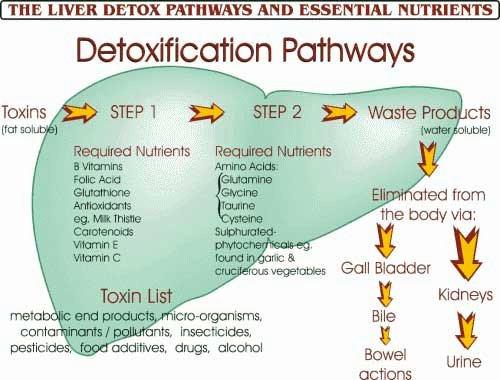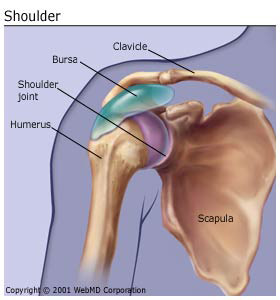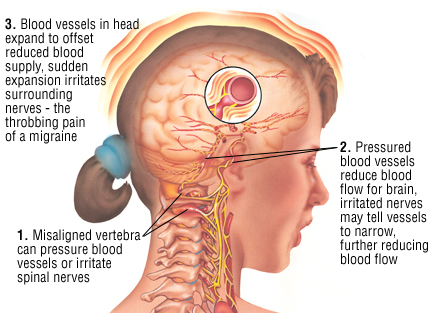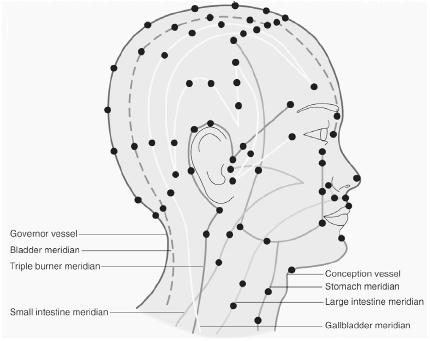For ages, doctors of chiropractor have talked about how spinal joint dysfunction or subluxations affect the not only the motor and sensory nerve flow (and blood flow) to muscles but also to glands, viscera, skin, etc.
The Subluxation/Spinal Joint Dysfunction
A spinal nerve is a mixed nerve, which carries motor, sensory, and autonomic signals between the spinal cord and the body. In the human body there are 31 pairs of spinal nerves from the cervical (the neck) to the coccyx (tailbone).
Autonomic nervous system is the part of the nervous system in organisms with spines that controls and regulates the internal organs without any conscious recognition or effort by that organism. The autonomic nervous system comprises two antagonistic sets of nerves, the sympathetic and parasympathetic nervous systems.
The sympathetic nervous system can accelerate heart rate, widen bronchial passages, decrease motility of the large intestine, constrict blood vessels, increase peristalsis in the esophagus, cause pupillary dilation, piloerection (goose bumps) and perspiration (sweating), and raise blood pressure. These changes are part of the body’s fight-or-flight response.
The sympathetic system begins at the first thoracic (mid back) vertebra of the spine and are thought to extend to the second or third lumbar (low back) vertebra
The parasympathetic nervous system has almost the exact opposite effect; the parasympathetic system is responsible for stimulation of “rest-and-digest” or “feed and breed” activities that occur when the body is at rest, especially after eating, including sexual arousal, salivation, lacrimation (tears), urination,digestion and defecation.
The parasympathetic nervous includes some of the cranial nerves that originate in parts of the brain and specifically the oculomotor nerve, the facial nerve, the glossopharyngeal nerve and vagus nerve and three spinal nerves in the sacrum (S2 – 4).
So how are the spinal nerve and problems in nerve flow caused by spinal joint dysfunction connected?
It’s via the nerves called ramus communicans (plural rami communicantes) – a nerve which connects two other nerves.
It’s a communicating branch between a spinal nerve and the sympathetic trunk. More specifically, it usually refers to one of the following : the grey ramus communicans and the white ramus communicans.
The grey and white rami communicantes are responsible for conveying autonomic signals, specifically for the sympathetic nervous system. The difference in coloration is caused by differences in myelination of the nerve fibres contained within, i.e. there are more myelinated than unmyelinated fibres in the white rami communicantes while the converse is true for the grey rami communicantes.
The grey rami communicantes exist at every level of the spinal cord and are responsible for carrying postganglionic nerve fibers from the paravertebral ganglia to their destination, and for carrying those preganglionic nerve fibres which enter the paravertebral ganglia but do not synapse
The white rami communicantes exist only at the levels of the spinal cord where the intermediolateral cell column is present (T1-L2) and are responsible for carrying preganglionic nerves fibers from the spinal cord to the paravertebral ganglia.
Both ramus within the spinal nerve cross each other, being the white farther away from the intervertebral foramen when exiting the spinal nerve to enter the ganglia.
Spinal joint dysfunction or subluxation affects the outflow of neuronal and blood flow to these ganglia. Correction of the spinal joint dysfunction normalizes the outflow of nerve and blood flow and allows the autonomic system to seek homeostasis (dynamic state of equilibrium) resulting in better function and health.
Cranial Sacral Therapy in Applied Kinesiology
Copyright – 2018-Dr. Vittoria Repetto
Muscles, Connective Tissue Between Organs Influence Illness
Copyright – 2020 -Dr Vittoria Repetto
Want more information on Dr. Vittoria Repetto and her NYC Applied Kinesiology/Chiropractic/ NKT practice at 230 W 13th St., NYC 10011; please go to www.drvittoriarepetto.com
And please check out the Patient Testimonials page on my web site.
Want to be in the know on holistic information and postings?
https://www.facebook.com/wvillagechiropracticappliedkinesiologynkt/
Or join me at Twitter: www.twitter.com/DrVRepetto











